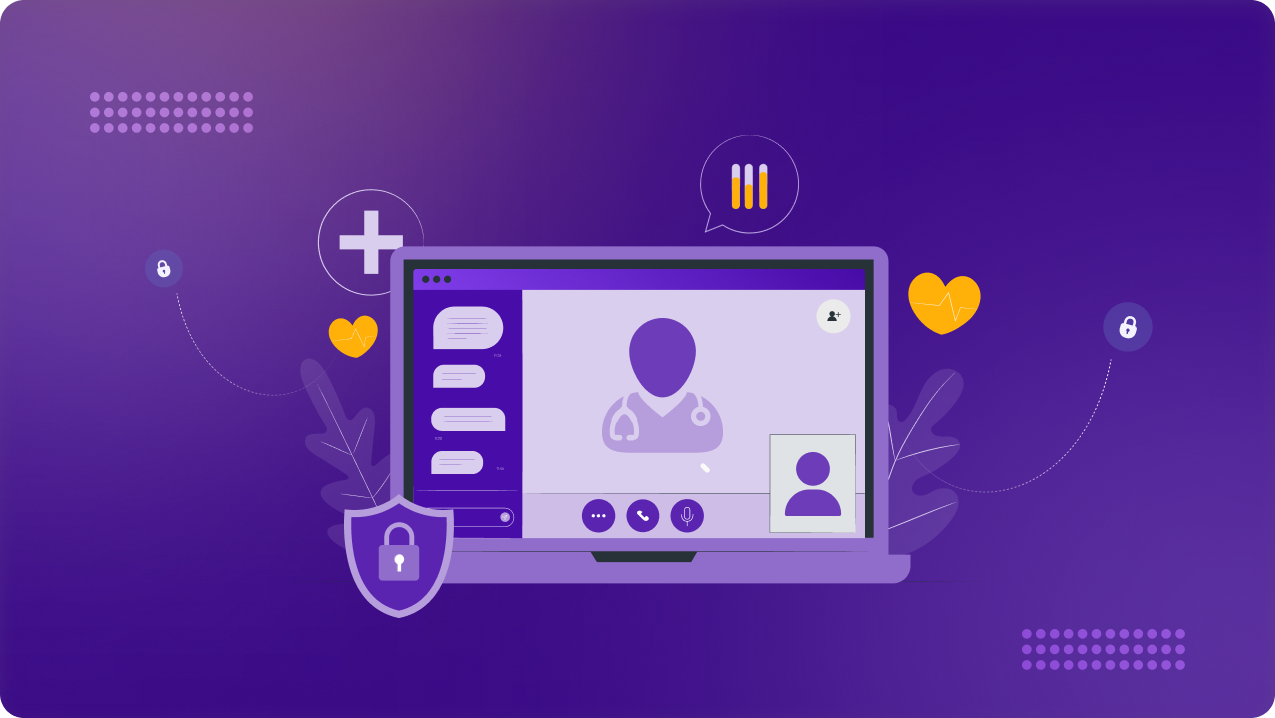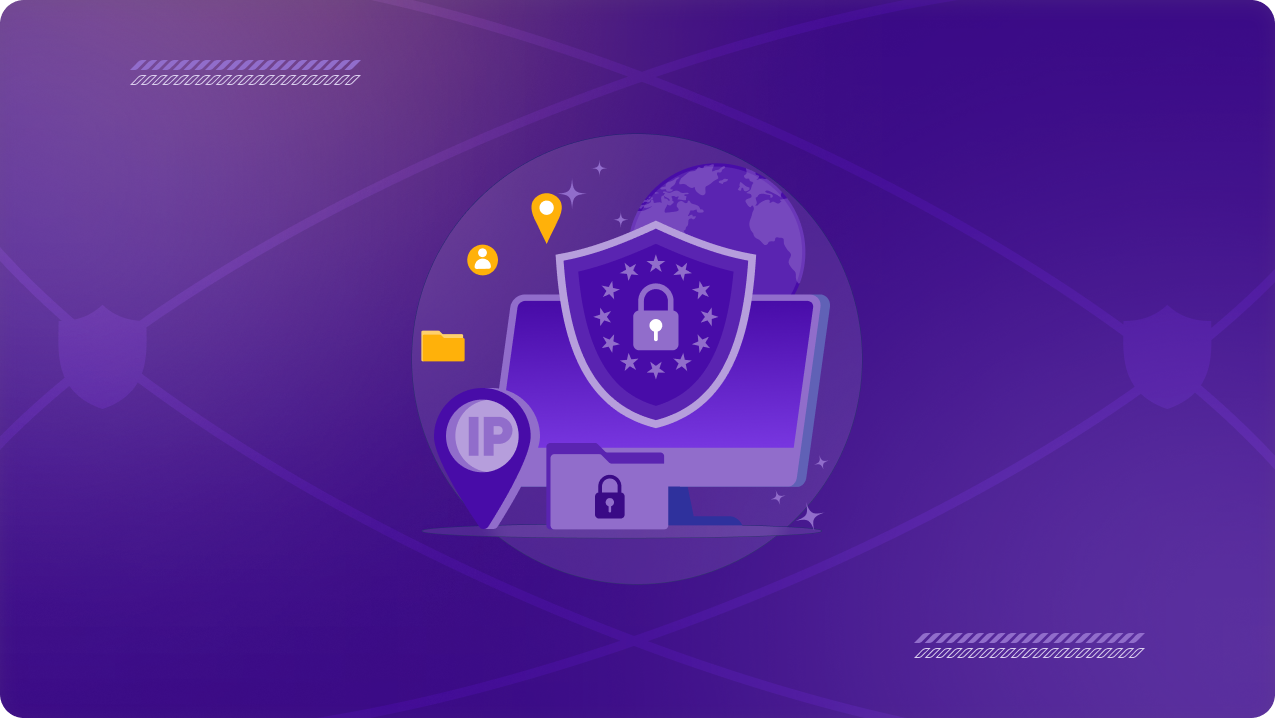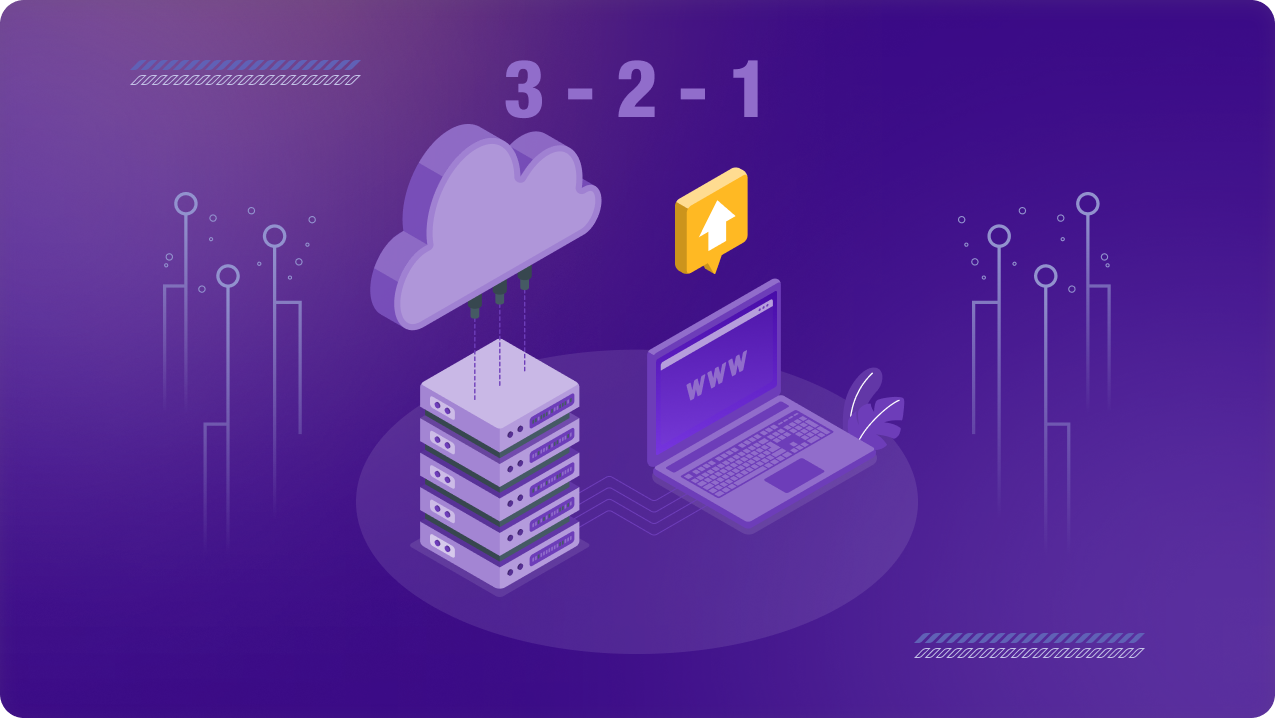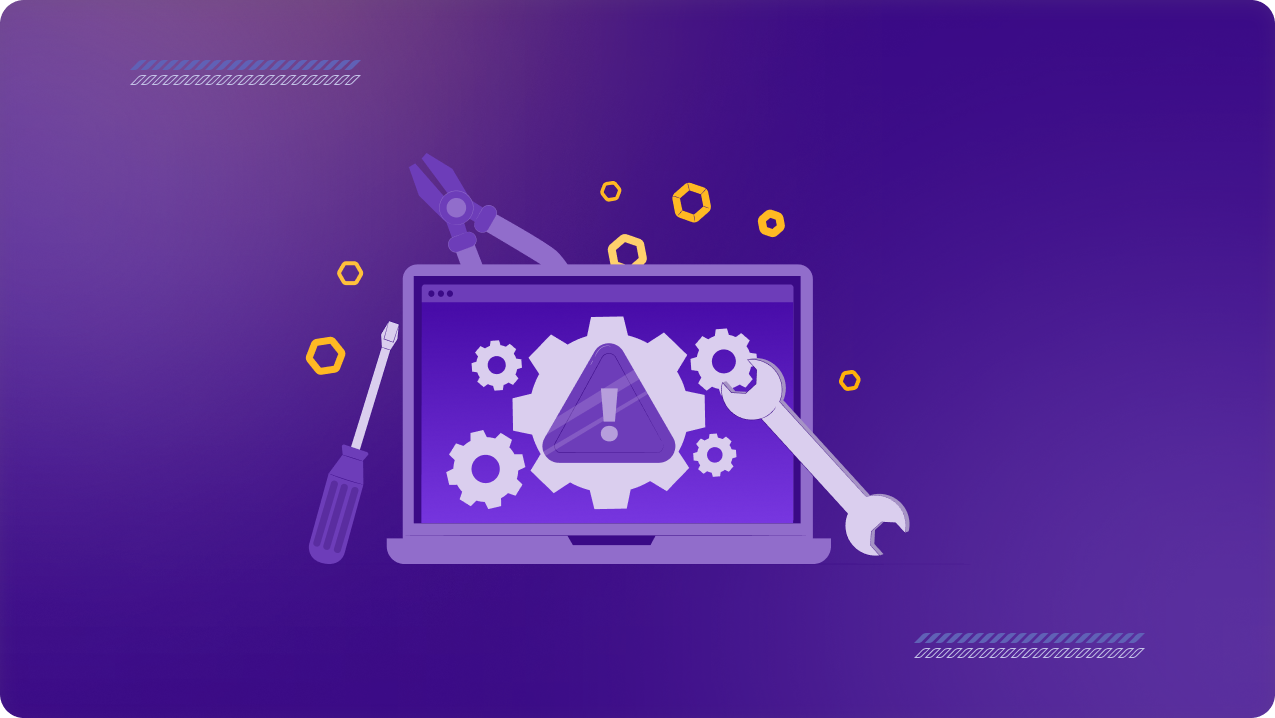Table of Contents
Healthcare is changing quickly. Virtual medical assistants (VMAs) help with remote patient care. They handle daily tasks, make work easier, and save money. But as more VMAs work remotely, IT teams face new security risks. These risks include:
- A bigger attack surface
- Compliance challenges
- Complex access control
Healthcare Faces Growing Cyber Threats
In 2024, healthcare had more data breaches than any other sector.
IBM’s Cost of a Data Breach Report shows the average breach cost reached $10 million—the highest of any industry.
This makes securing VMAs a must, not just for security teams but for compliance and operations.
Key Cybersecurity Threats Facing Virtual Assistants in Healthcare
1. Phishing Attacks
In 2024, 88% of healthcare workers clicked on a suspicious email. Phishing is a big threat. Hackers send fake emails or login pages to steal passwords. If they get in, they can access medical records, financial data, and personal health information.
2. Insider Threats
Not all threats come from hackers. Employees, staff, or contractors can misuse access, sometimes by mistake. This can expose data, change medical records, or disrupt systems. Since VMAs work from different places, tracking these risks is harder.
3. Ransomware Attacks
Hackers target healthcare because patient data is valuable. They use ransomware to lock files and demand money. Some also threaten to leak the data if they don’t get paid.
4. Data Breaches
Healthcare has some of the highest data breach costs. In 2024, the average breach cost was $9.77 million. This is much higher than other industries. Many breaches happen because of old software, weak security, or no encryption in remote access.
5. AI-Powered Cyberattacks
AI attacks are getting smarter. Hackers use AI to create fake emails, spread malware, and find security gaps faster. Without strong security, healthcare IT teams may struggle to keep up.
6. Supply Chain Attacks
Many hospitals use outside companies for virtual assistants. Hackers target weak security in these companies. This can let them break into hospital systems and cause big problems for patient care.
Why Remote Access Increases Security Risks for VMAs
Virtual medical assistants need sensitive data to do their jobs. But remote access brings security risks:
- More Attack Points: VMAs use different devices and networks. This makes security harder. Hackers can target personal laptops and unsafe WiFi.
- Compliance Issues: Laws like HIPAA require strong security for patient data. Remote work makes it harder to follow the rules, which can lead to fines.
- Access Control Problems: IT teams struggle to manage access when many devices, cloud tools, and third-party apps are involved.
Top 5 Cybersecurity Solutions for Securing Remote Access
- Dedicated IPs for Secure Access
Use Dedicated IPs to give your team a fixed, secure online identity. This helps avoid IP bans and keeps business resources safe.
- End-to-End Encryption
Encrypt connections to keep data safe. Use strong security like WireGuard for secure access.
- Granular Access Control
Limit access based on roles. Ensure only the right people can reach sensitive data and business systems.
- Centralized Security Management
Manage team security from one easy-to-use dashboard. Control access, assign Dedicated IPs, and track activity in real time.
- Seamless SSO & IdP Integration
Use Single Sign-On (SSO) and Identity Providers (IdP) for secure and easy logins. Reduce password risks and improve security.
Conclusion
Virtual assistants help healthcare but bring security risks. Phishing, ransomware, and data leaks are growing. Use Dedicated IPs, encryption, and access control to stay safe. PureVPN for Teams secures remote access with premium features including encryption, Dedicated IPs, easy access control and more. Try now to enable secure remote access for your team.





